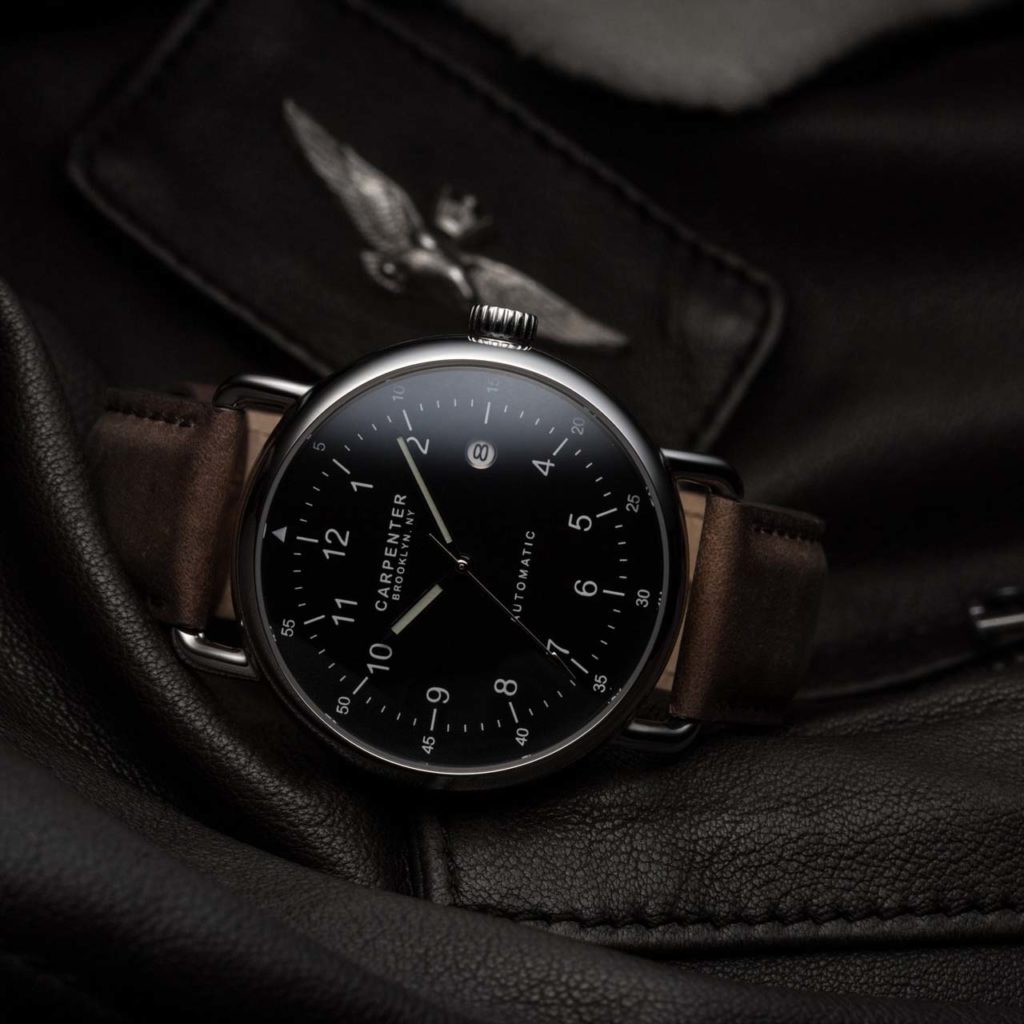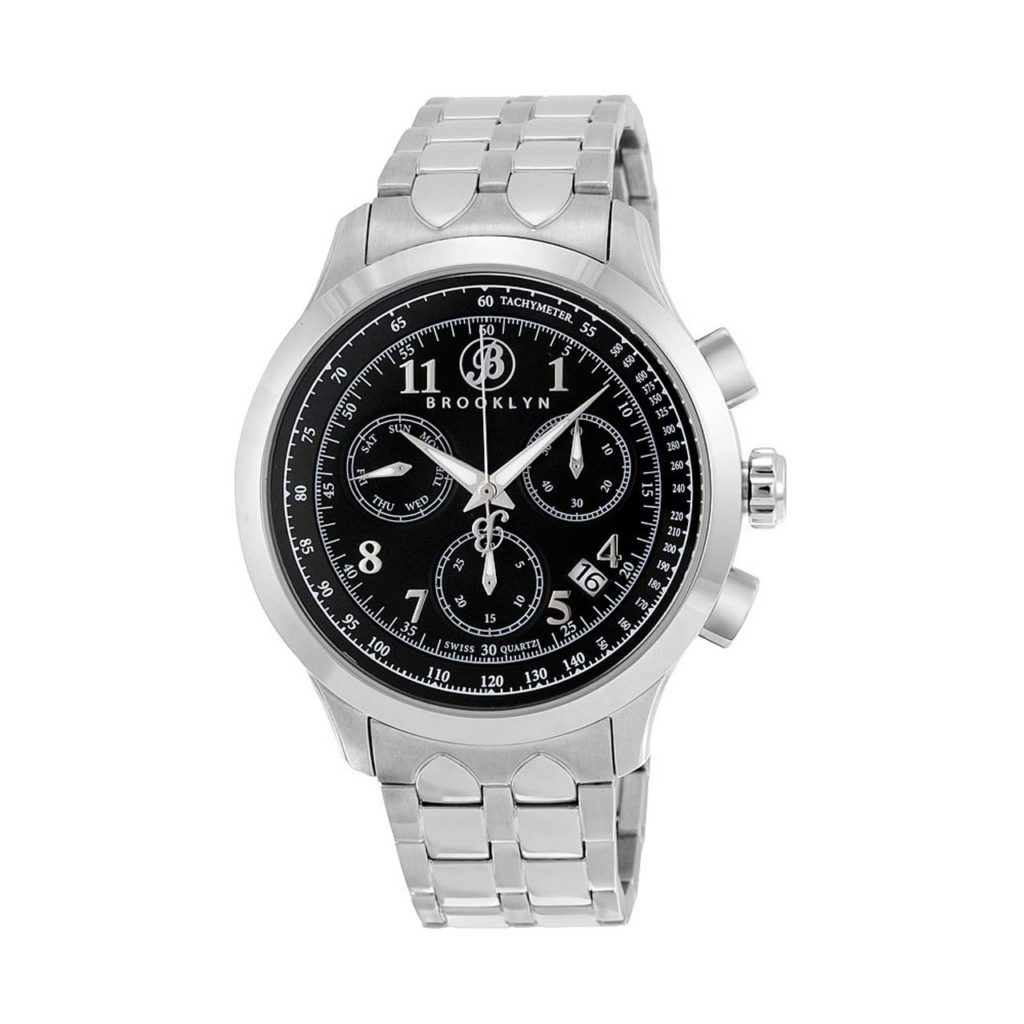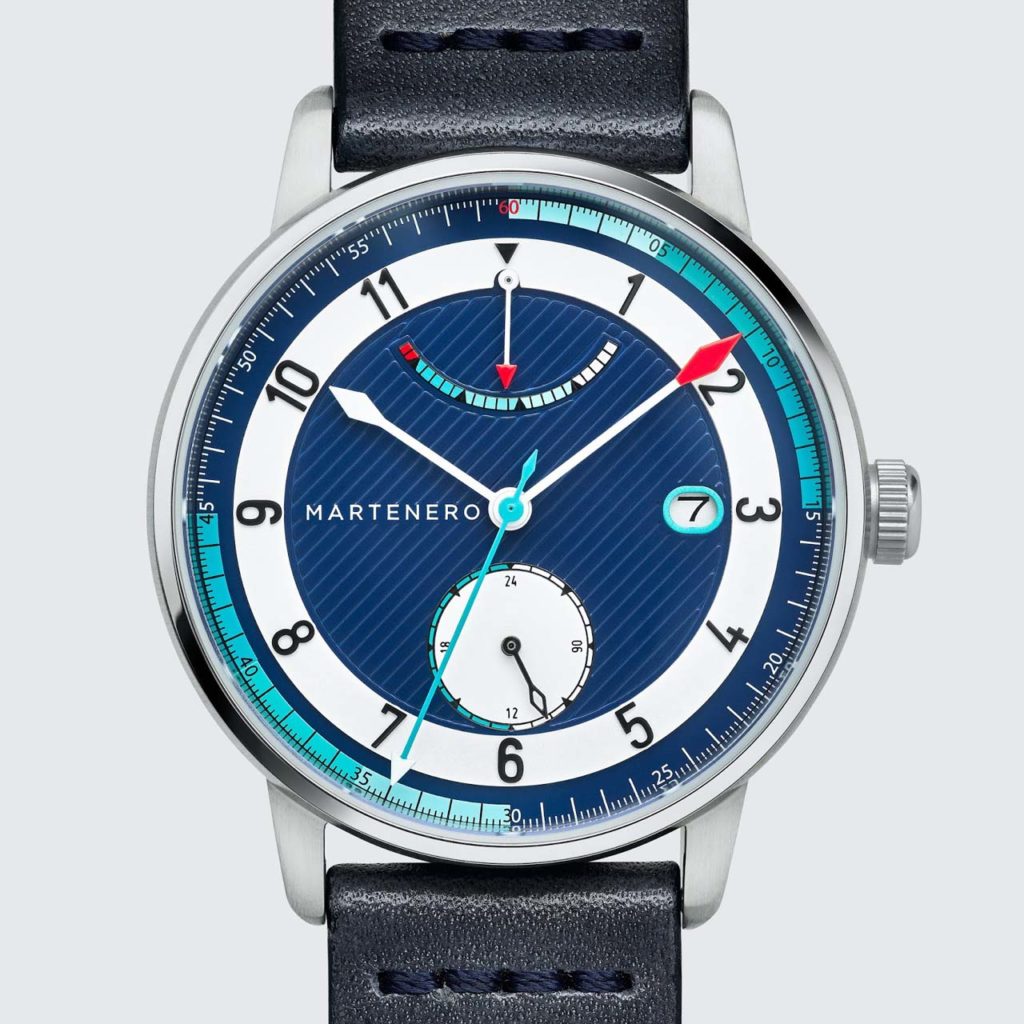A NEW GENERATION OF WATCHMAKERS HAS ARISEN IN BROOKLYN OVER THE COURSE OF JUST TEN YEARS FUELED IN PART BY A GROWING NUMBER OF MILLENNIALS WHO’VE SEEMINGLY GROWN TIRED OF DIGITAL…EVERYTHING
BY MATT SCANLON
The first mechanical clocks were invented in Europe at the start of the 14th century, where craftspeople had been developing the escapement mechanisms and balance wheels necessary for accurate timekeeping. Portable timepieces didn’t arrive until a century later, when Nuremberg maker Peter Henlein (1485 1542) invented his “clock watch,” designed to be worn as a pendant. The first “arm watch” was presented to England’s Elizabeth I by Robert Dudley in 1571, and more or less straight through to the very early 20th century, wrist worn timepieces were typically sported by women (men were thought to be better suited, literally, to pocket watches).
In seemingly as counterintuitive a market development as one could imagine in 21st century smartphone America, independent mechanical watchmaking is actually on the rise, led by brands like Portland Oregon based Keaton P. Myrick, the Weiss Watch Company of Los Angeles, and Detroit’s Shinola all of which embrace traditional analog faces and mechanical movements, at price points that run from $12,000 and up for the first maker to a relatively thrifty $550 and up for the last. Analog watch sales overall have been rising modestly but steadily in the U.S. since 2009.
Within just the last ten years, Brooklyn has seen its own boutique watchmakers surface, innovating processes that vary from custom builds to repurposing and re casing pre made Swiss movements, and usually embracing the small batch artisanal goods paradigm the borough is now famed for.
Neil Carpenter, founder and head designer at Carpenter Watches, stumbled upon his family’s collection of antique pocket watches when he was six years old, and has been hooked since. Launched via Kickstarter two years ago, his company produces a line of just a few dozen models price packaged neatly between $600 and $900. Though a few (such as the G1 through G4 Brooklyn Gent) riff on classic 1970s Seiko and Bulova faces, his principal fascination is updating the look of vintage World War I and II designs. All limited edition, they tend to move quickly. While it lasts, our favorite for the moment is the M2S Brooklyn Field (seen here, $825), with a 25 jewel Swiss ETA 2824 2 automatic movement (some others in Carpenter’s roster use a Miyota automatic movement), a midsize 40mm solid brass case, a date complication, double dome sapphire crystal, and beautiful polished (and luminous) hands. carpenterwatches.com

Brooklyn Watch Company, based in Sunset Park’s Army Terminal, is where new century borough watchmaking began, founded in 2011 by, according to its mission statement, “grizzled veterans of the NYC watch game,” keen to “draw from the cues, aesthetics, and styles of the world’s greatest city and loudest borough.” One might expect the resulting timepieces to have a bit of swagger, but instead what principal David Sokosh (who first apprenticed with a watchmaker when he was 20) has built is a classic and restrained luxury brand, at prices that from the first were nothing short of astonishing. From his earliest pieces seen at the Brooklyn Flea to Brooklyn Watches’ newest range of military and sport inspired models (including skeleton designs), Sokosh’s work is of an order of fit and finish remarkable for a $500 to $800 price tag. The Brooklyn Prince Swiss Quartz Chronograph Mens Watch, for example (at left, $425), is simply a glorious thing with some of the noble attributes of an Omega Speed master but at one tenth the cost, and with a dose of borough boosting thrown in for good measure. Its Swiss quartz chronograph features include hour, minute, second, and day indicators, among other complications, with a stainless steel case of a robust 46mm diameter and with a coated sapphire crystal. brooklynwatchco.com

Also competing for space in the under $1,000 category is Martenero, to us the most forward thinking company of the borough’s big three (though many lovingly describe founder John Tarantino’s 2014 launched enterprise a “micro brand”). “Rooted in the tradition and craftsmanship of watchmaking, though with a distinctly modern perspective,” Tarantino’s work evokes in us memories of 1950s Italian faces, most vividly in this drop dead gorgeous Edgemere Reserve (seen here at bottom, $529). Inspired by marine chronometer essentials, its complications include a power reserve, 24 hour time subdial, and date window. Its stainless steel case is topped by a sapphire crystal, and the mechanical movement is a Miyota 9132 automatic. martenero.com


